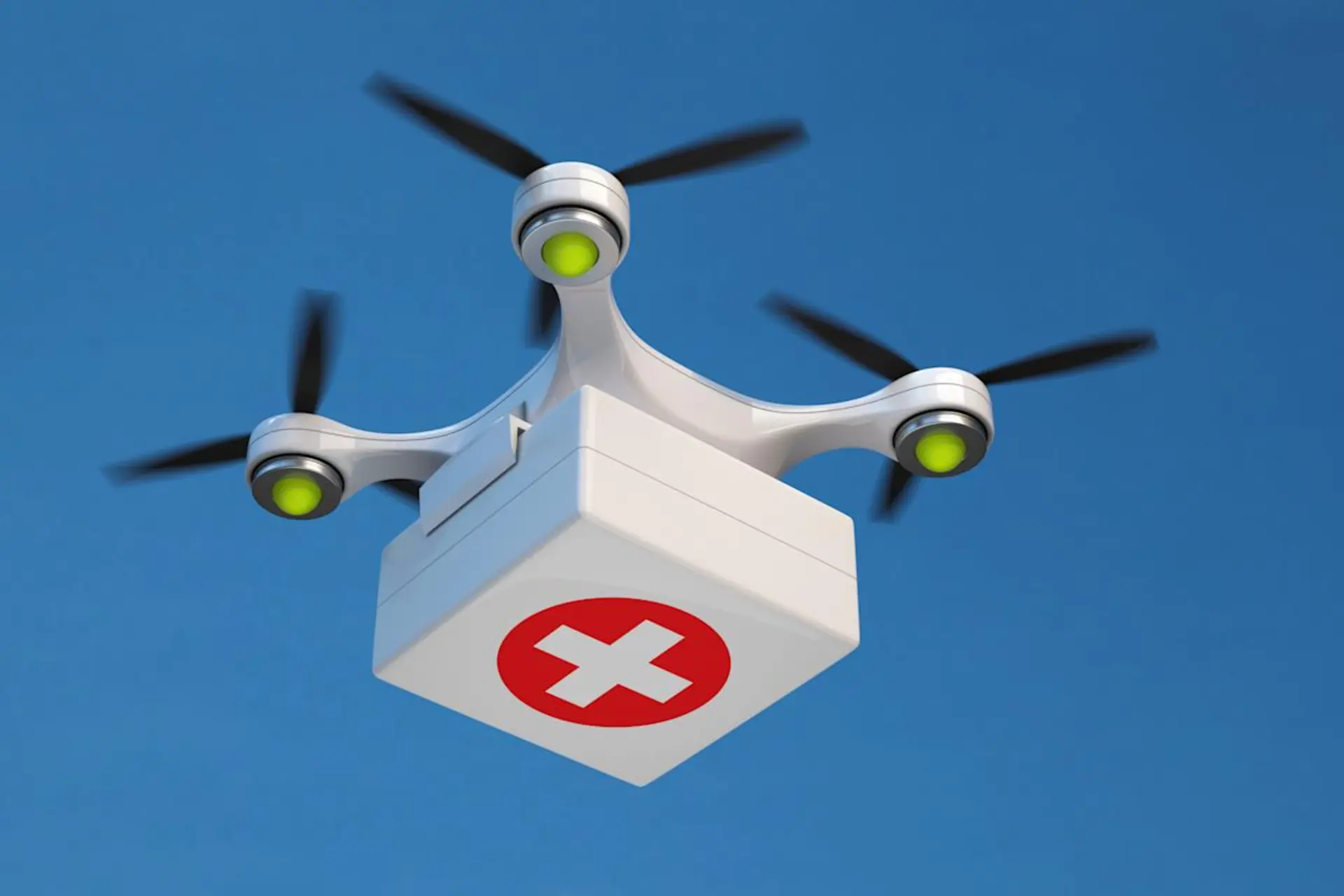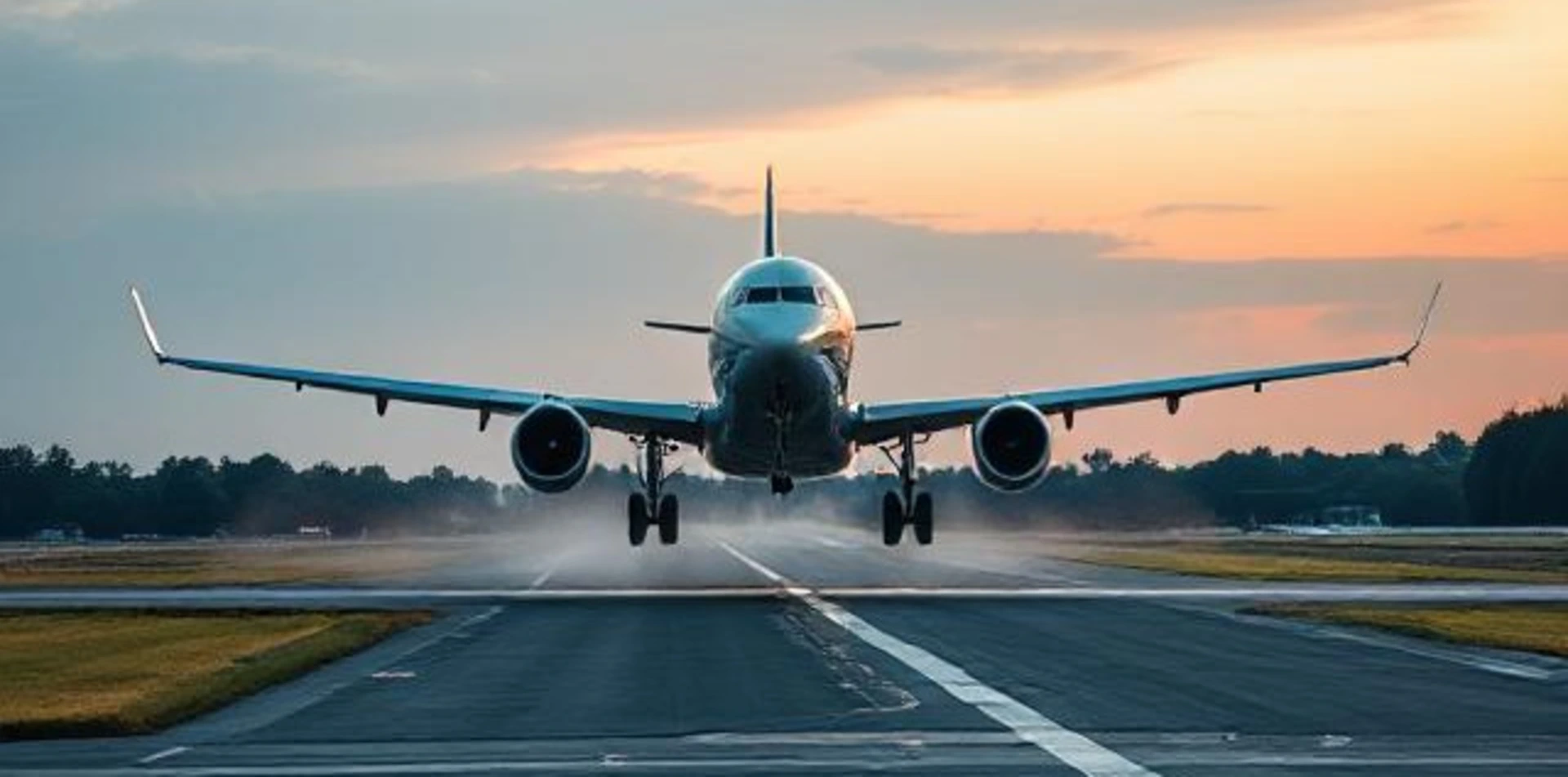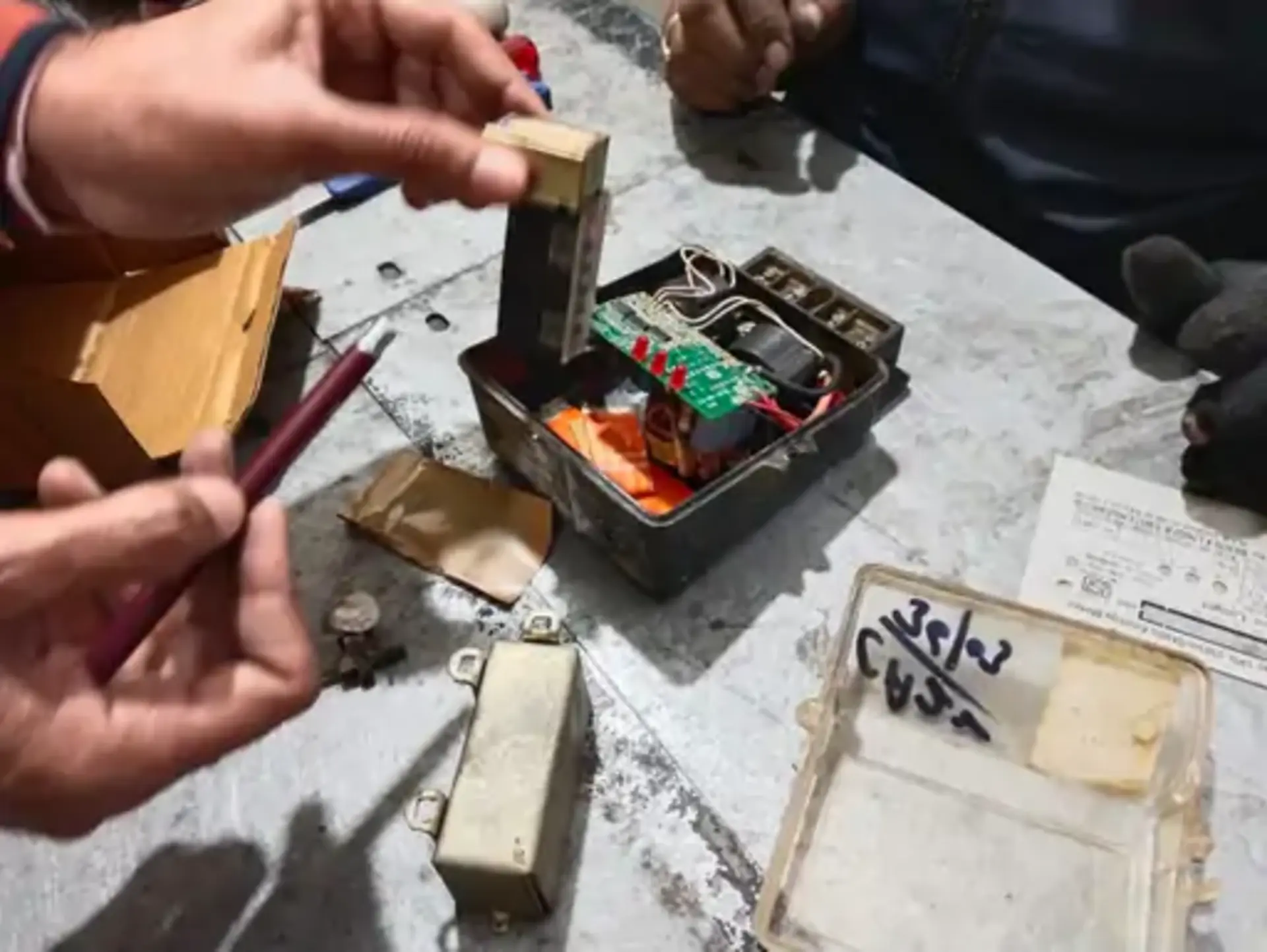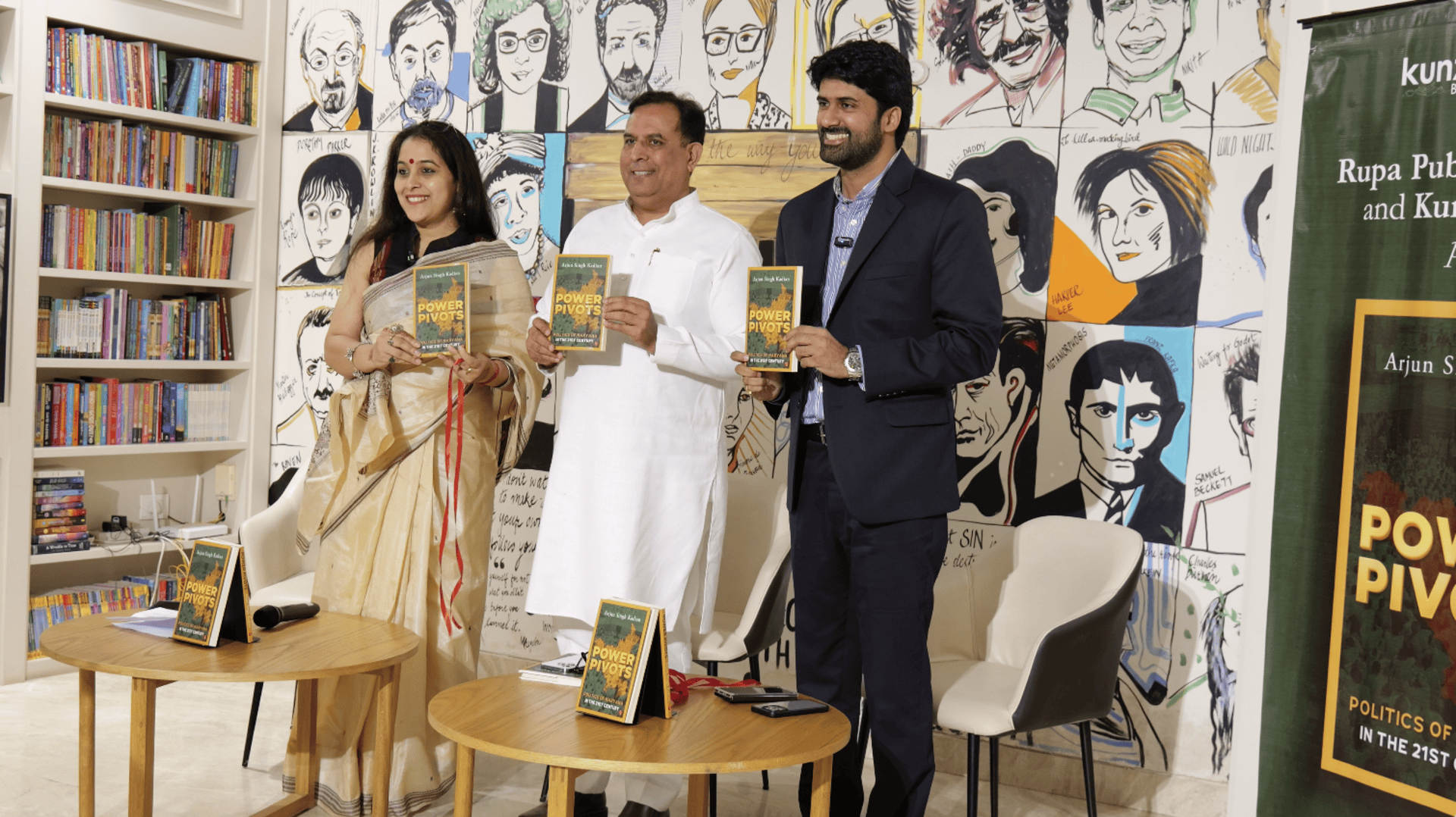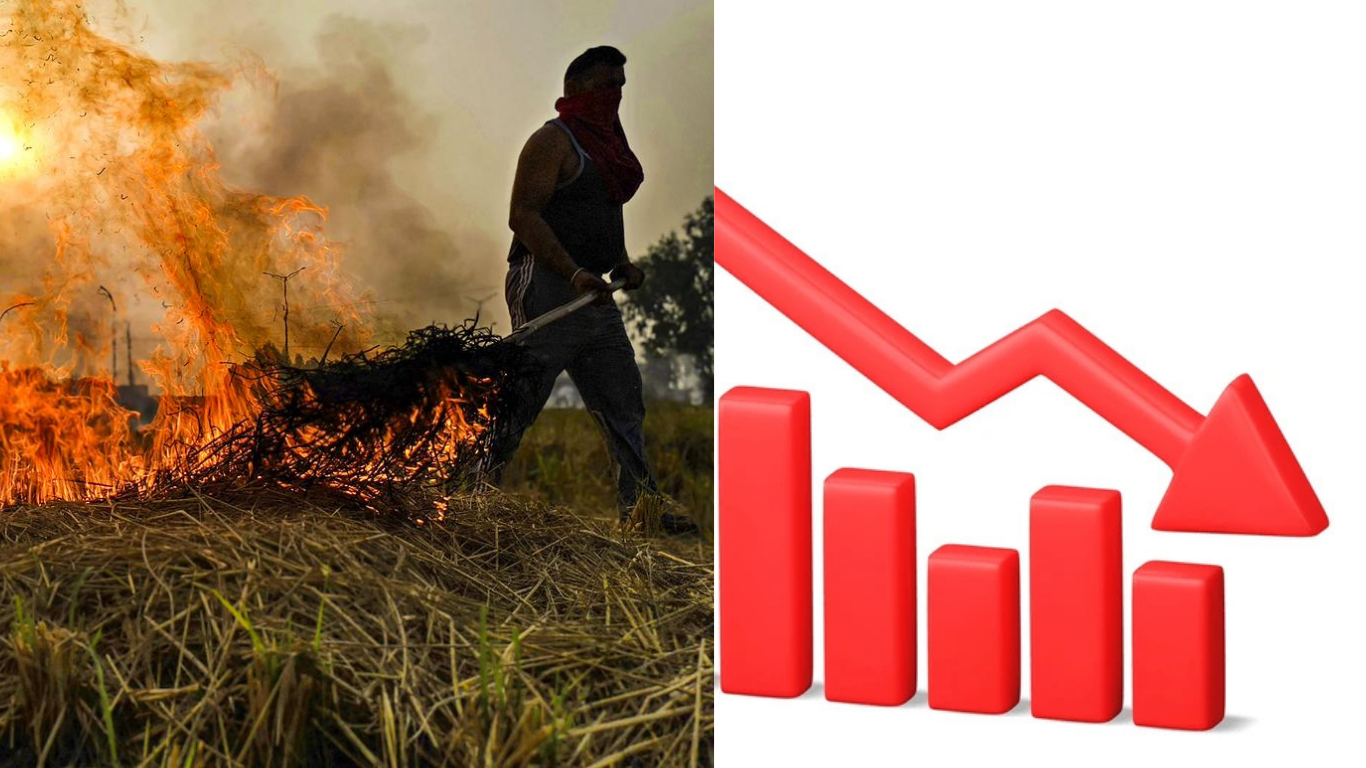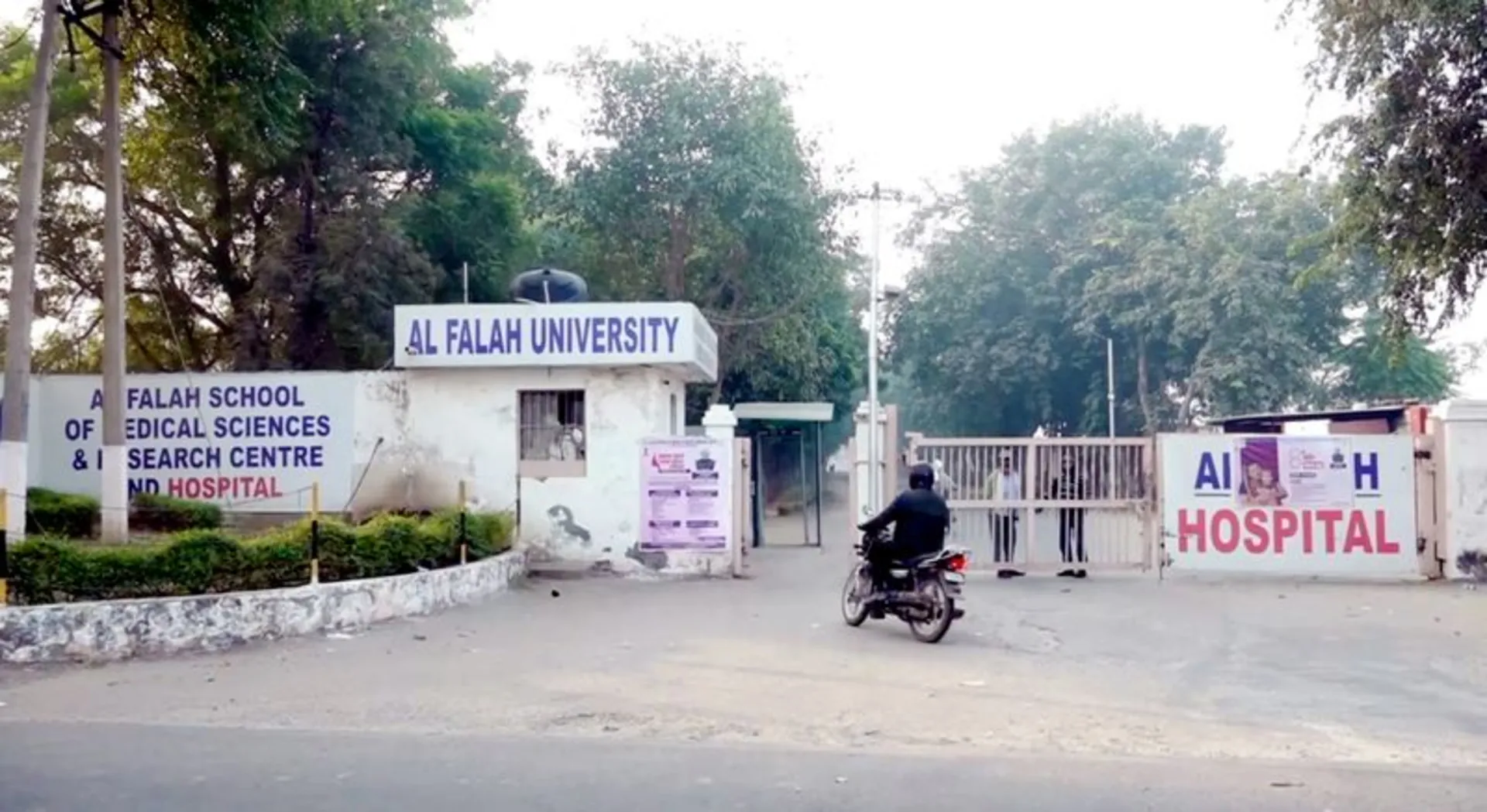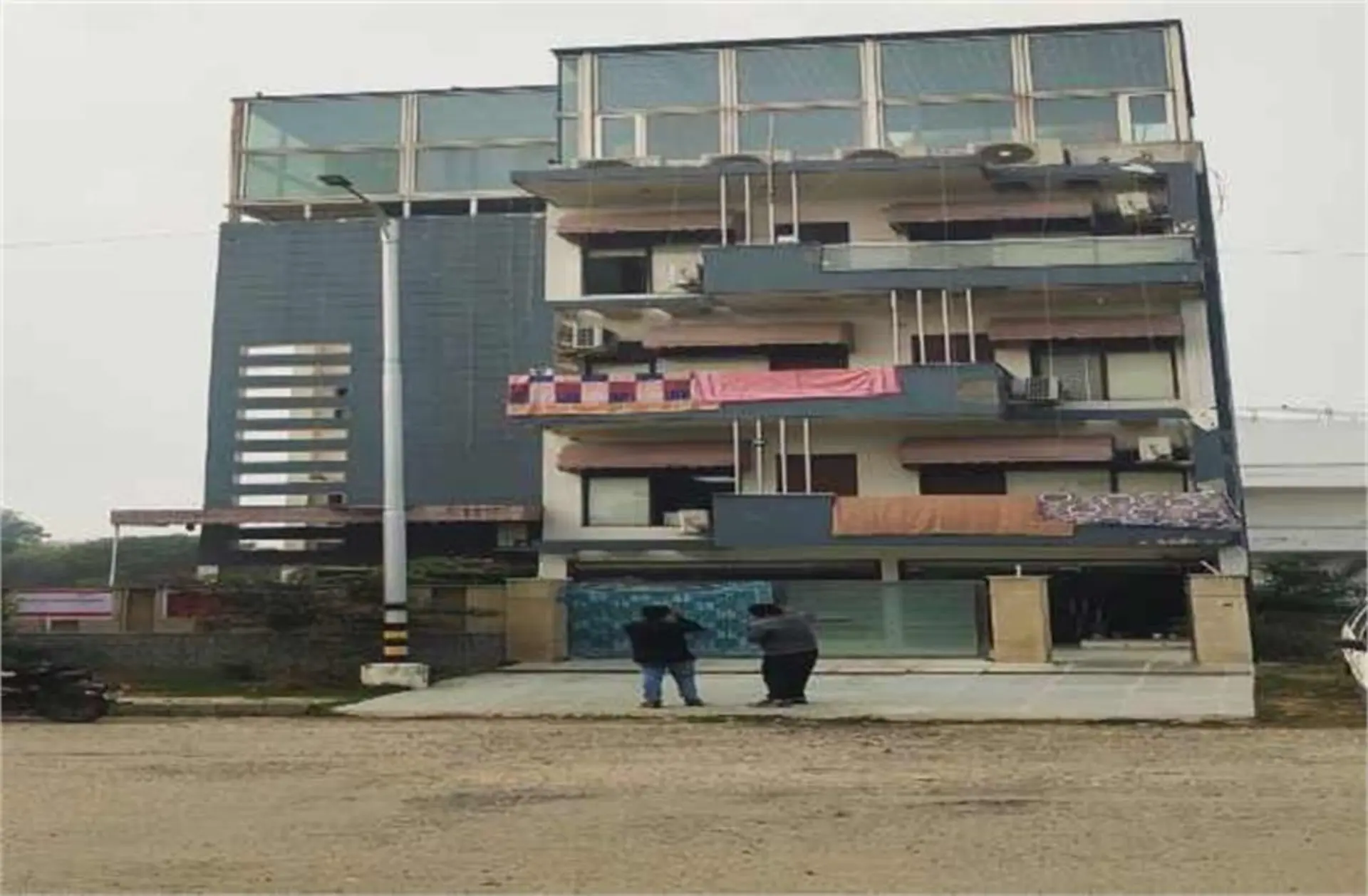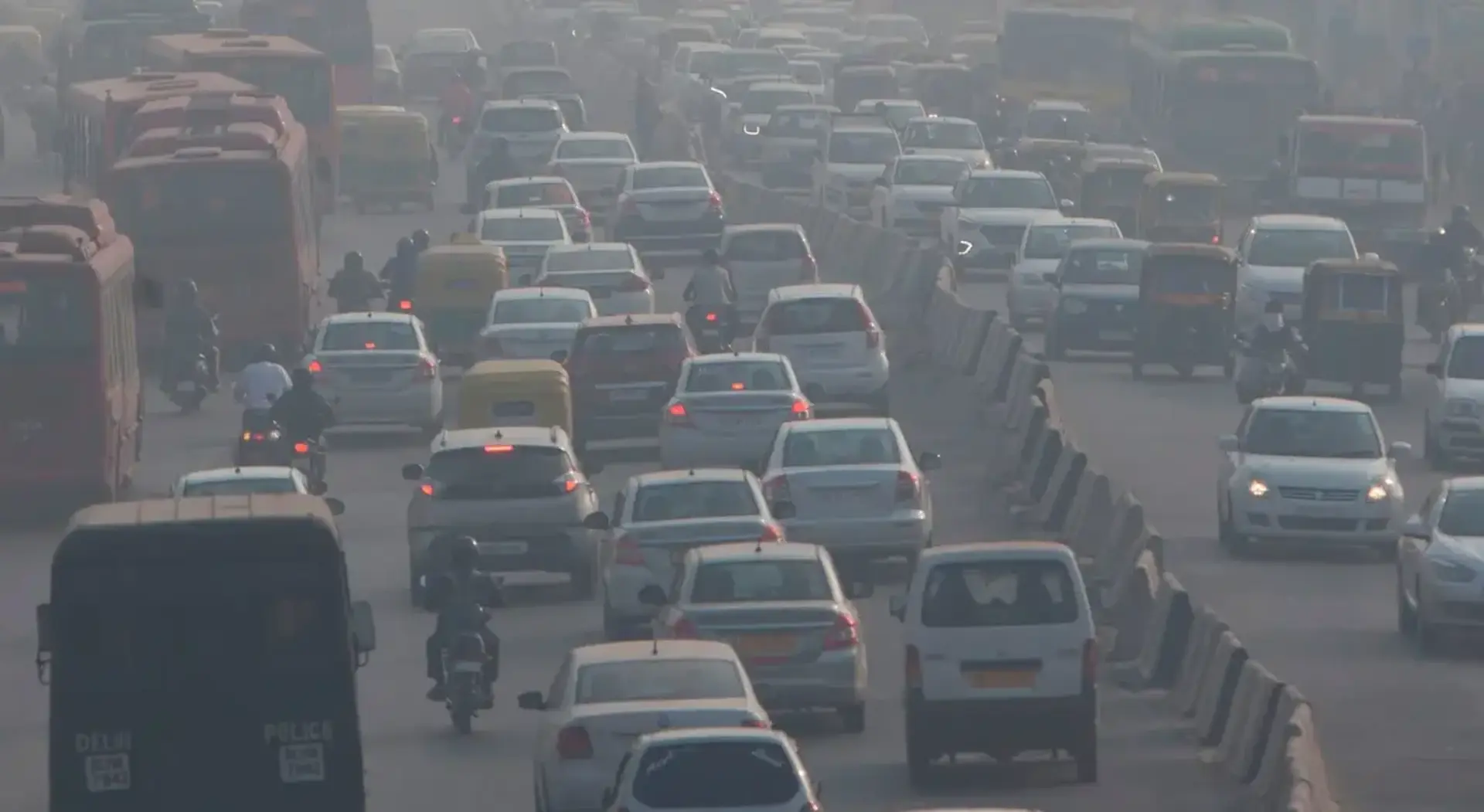
The Indian Council of Medical Research (ICMR) has achieved a significant breakthrough in medical logistics by successfully using drones to transport corneas and amniotic membrane grafts from Sonipat to Jhajjar and the All India Institute of Medical Sciences (AIIMS) in Delhi.
According to an announcement made Tuesday by the Union Ministry of Health and Family Welfare, ICMR has initiated drone-based cornea transport to revolutionize eye care delivery in the country.
Collaborative Study
ICMR conducted this study in collaboration with AIIMS Delhi and Dr. Shroff Charity Eye Hospital in Sonipat to assess the feasibility of using drones for transporting sensitive eye-related biomaterials such as human corneas and amniotic membrane grafts from collection centers to hospitals for transplantation procedures.
Significant Time Savings
In a remarkable demonstration of efficiency, the drone successfully transported corneal tissue from Dr. Shroff Charity Eye Hospital to the National Cancer Institute (AIIMS) in Jhajjar. The approximately 65-kilometer distance between the two locations was covered in just 40 minutes, compared to the usual 2 to 2.25 hours required by road transportation.
Most importantly, the drone maintained the purity of the sample throughout the journey, allowing for successful corneal transplantation upon arrival.
Critical Timing for Tissue Viability
The timely transport of corneal tissues is critical, as the utility of donated corneas is time-sensitive. Delays can affect tissue quality and reduce the chances of successful transplantation.
Dr. Rajiv Bahl, Director General of ICMR, emphasized that drones provide a reliable solution for timely medical deliveries, especially in geographically challenging areas.



